
Top 8 Dependency Mapping Tools
Discover the top 8 dependency mapping tools for 2025—gain full visibility of systems, reduce downtime, speed incident response, and strengthen resilience.
Published on October 23, 2025
Last updated on November 27, 2025
Every organisation relies on a complex network of applications, services, and systems that work together to support daily operations. As environments grow—especially with hybrid and multi-cloud infrastructures—understanding these dependencies becomes more difficult. That’s where dependency mapping tools come in.
These tools help visualise how systems, applications, and data interact, enabling teams to spot potential risks, prevent outages, and strengthen resilience. They also provide the visibility needed to streamline audits, plan change management activities, and reduce downtime during incidents. For resilience leaders, IT teams, and business continuity managers, dependency mapping is no longer optional—it’s essential for maintaining operational continuity.
In this list, we explore the top dependency mapping tools that can help your organisation gain full visibility of its infrastructure and interconnections in 2025.
Dependency mapping software identifies and visualises the relationships between different components of an organisation’s IT environment. This may include applications, servers, network devices, cloud services, and data flows.
By automatically discovering these dependencies, organisations can understand how one component’s failure might impact another, enabling proactive risk management and faster recovery from disruptions.
Dependency mapping tools are particularly valuable for IT operations, service management, and business continuity teams, as they provide the foundation for impact analysis, capacity planning, and resilience testing.
Choosing the right dependency mapping software means focusing on capabilities that deliver actionable insights—not just visuals. The following features are essential for ensuring accuracy, scalability, and resilience alignment.
Tools should automatically identify systems, services, and dependencies across on-premises, cloud, and hybrid environments. This eliminates the need for manual data entry and ensures maps remain up to date.
Dynamic, interactive maps allow teams to view live relationships between applications and services. This helps in pinpointing critical dependencies and quickly diagnosing issues during incidents.
Dependency maps should support simulations or impact analyses to understand how planned changes or failures affect other components. This is vital for reducing downtime and managing operational risk.
Integration with service management and business continuity platforms ensures dependency data supports incident response, resilience testing, and continuity planning directly.
Comprehensive reporting allows teams to identify trends, recurring dependencies, or vulnerabilities. These insights can inform capacity planning, audits, and improvement initiatives.
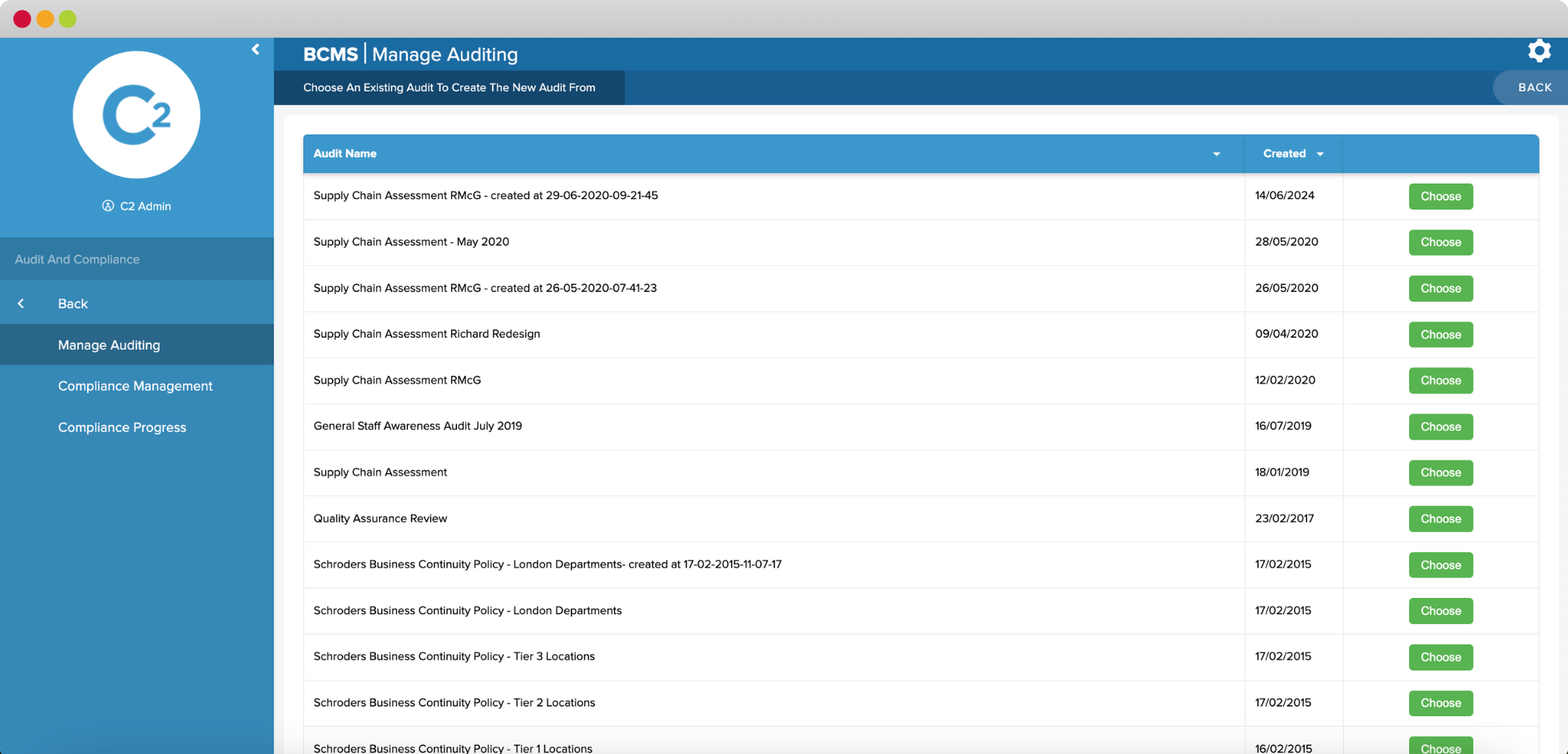
Continuity2’s industry-leading platform provides an advanced dependency mapping capability within its broader resilience and business continuity suite. It automatically discovers dependencies across IT systems, facilities, and business processes—creating a unified view of operational interconnectivity.
Key Features:
Best for: Organisations seeking enterprise-level business continuity and resilience automation within a unified platform.
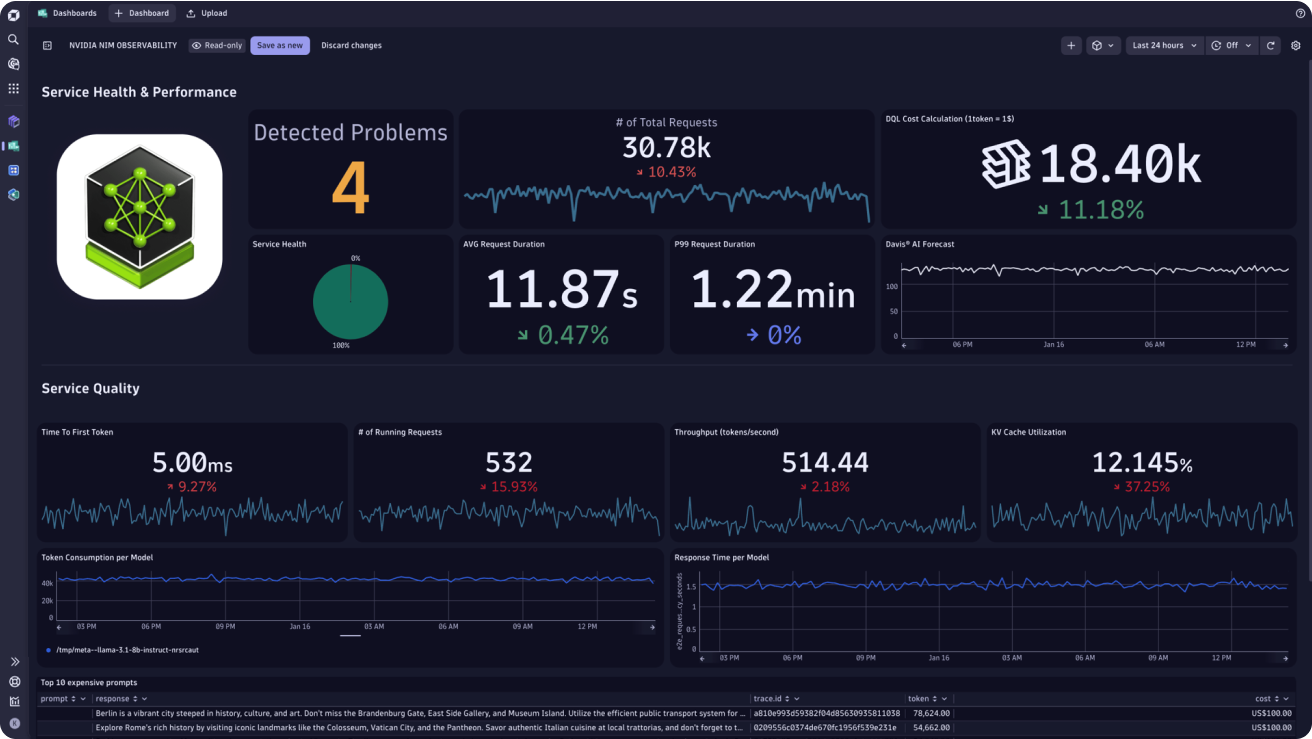
Dynatrace offers automated discovery and dependency mapping for applications and microservices through its AI-powered observability platform. It captures service dependencies in real time and visualises data flows for performance and availability insights.
Key Features:
Best for: Enterprises managing complex microservice or cloud-native infrastructures.

SolarWinds helps IT teams automatically map application dependencies and server relationships. Its intuitive dashboard simplifies performance monitoring and troubleshooting.
Key Features:
Best for: IT departments looking for integrated dependency and performance management.
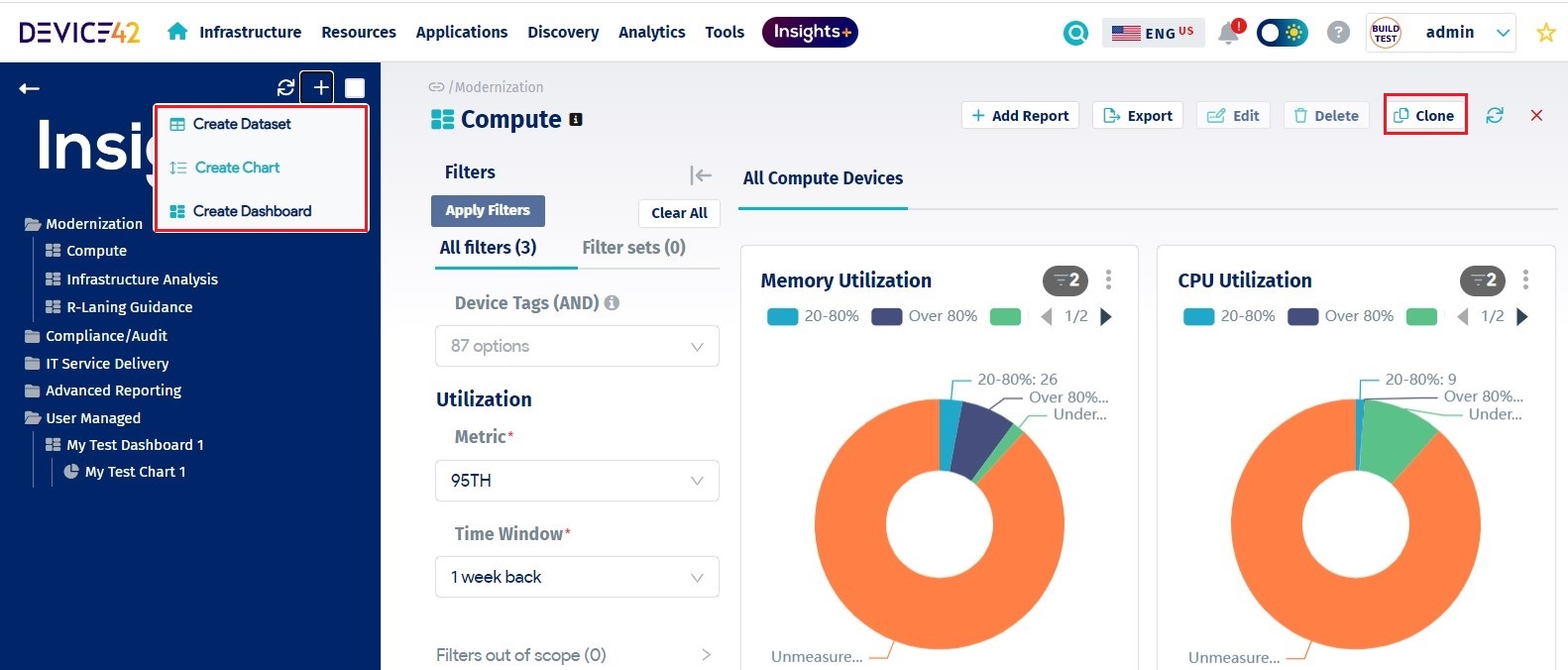
Device42 delivers detailed visualisations of IT and application dependencies. It automatically discovers infrastructure components and application flows across environments, creating accurate, real-time dependency maps.
Key Features:
Best for: Organisations undergoing data centre migrations or cloud transformations.
Faddom is a lightweight, agentless dependency mapping solution. It scans environments to visualise live dependencies between applications and infrastructure, both on-premises and in the cloud.
Key Features:
Best for: Mid-sized organisations seeking rapid implementation without extensive configuration.
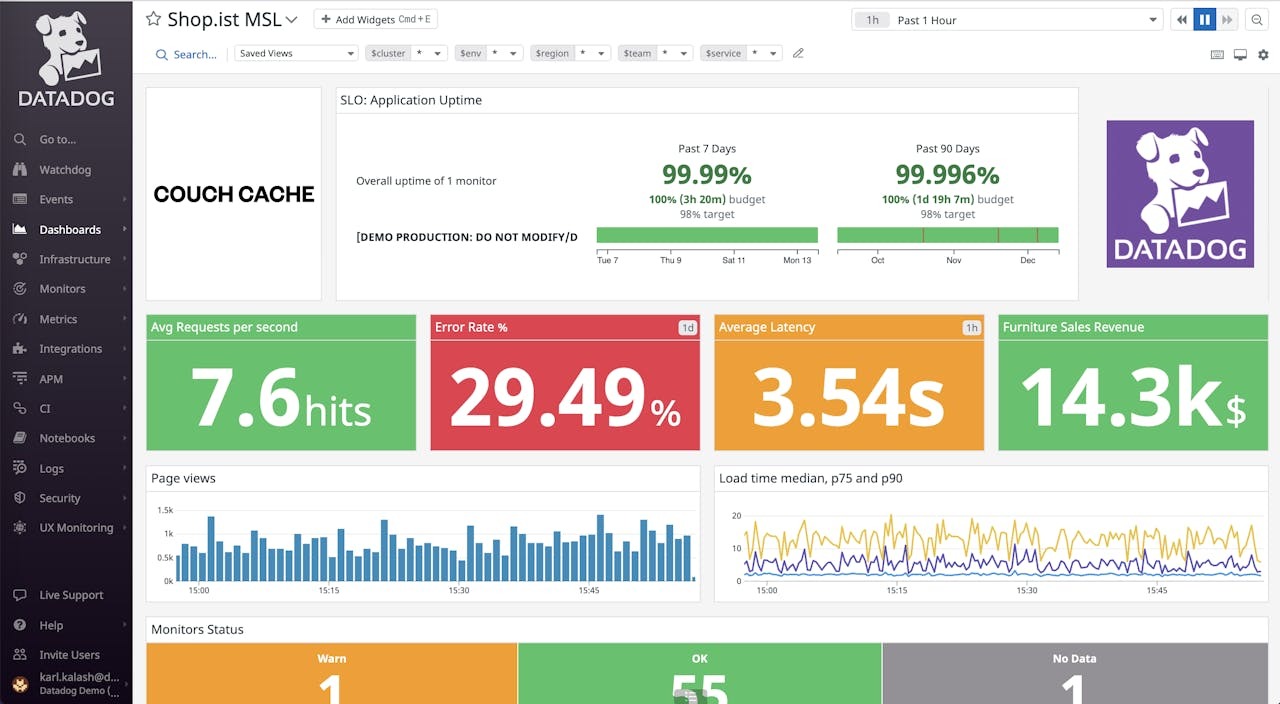
Datadog’s Service Map visualises application and service dependencies through its application performance monitoring suite. It’s ideal for DevOps teams managing distributed systems.
Key Features:
Best for: DevOps and engineering teams monitoring cloud-native applications.

ManageEngine provides dependency mapping and performance insights for servers, applications, and databases within a unified monitoring dashboard.
Key Features:
Best for: IT teams managing hybrid or multi-technology environments.
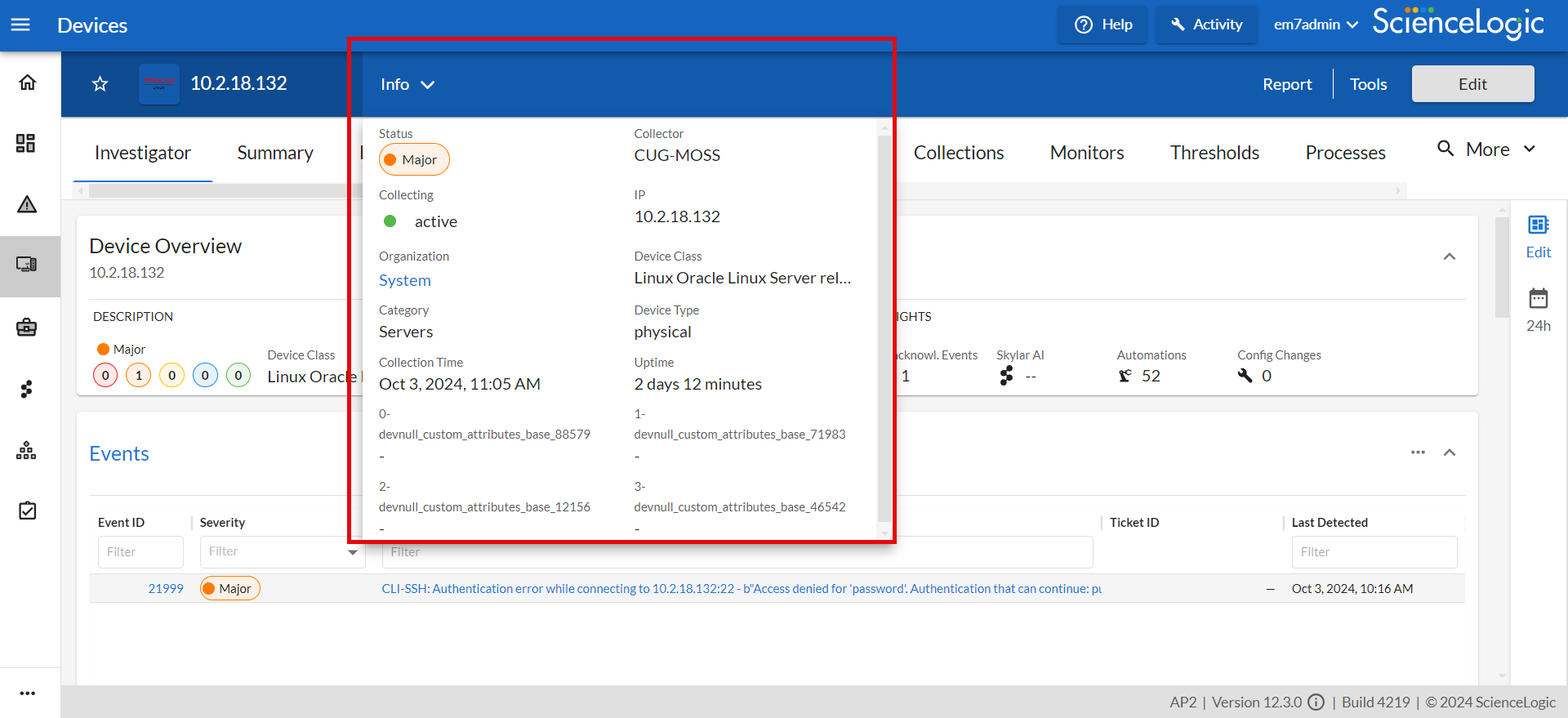
ScienceLogic delivers hybrid IT monitoring and dependency mapping across cloud, virtual, and physical systems. It provides a unified topology for understanding cross-domain relationships.
Key Features:
Best for: Large enterprises requiring deep infrastructure visibility and predictive analytics.
Dependency mapping strengthens organisational resilience by providing end-to-end visibility of interconnected systems, enabling faster response, smarter planning, and stronger compliance.
Dependency mapping enables a clear understanding of how systems and processes interconnect, allowing organisations to identify potential single points of failure and build stronger continuity plans.
By revealing dependency chains, teams can quickly pinpoint where a failure originated and which services are affected, significantly reducing mean time to recovery (MTTR).
Dependency insights support better planning of upgrades, migrations, and other changes, minimising service disruption and unplanned downtime.
Accurate dependency maps serve as a reliable data source for audits, helping prove control over systems and supporting compliance with standards such as ISO 22301 or NIST frameworks.
Understanding dependencies is the foundation of operational resilience. Without it, even the most mature continuity plans can overlook critical vulnerabilities. By investing in advanced dependency mapping tools, organisations can visualise the full extent of their digital ecosystems, identify weak links, and manage risks proactively.
Book a Demo with Continuity2 to see how automated dependency mapping can transform your organisation’s resilience strategy and provide the visibility you need to stay ahead of disruptions.
Founder & CEO at Continuity2
With over 30 years of experience as a Business Continuity and Resilience Practitioner, Richard knows the discipline like the back of his hand, and even helped standardise BS25999 and ISO 22301. Richard also specialises in the lean implementation of Business Continuity, IT Service Continuity and Security Management Systems for over 70 organisations worldwide.


Founder & CEO at Continuity2
With over 30 years of experience as a Business Continuity and Resilience Practitioner, Richard knows the discipline like the back of his hand, and even helped standardise BS25999 and ISO 22301. Richard also specialises in the lean implementation of Business Continuity, IT Service Continuity and Security Management Systems for over 70 organisations worldwide.

Discover the top 8 dependency mapping tools for 2025—gain full visibility of systems, reduce downtime, speed incident response, and strengthen resilience.
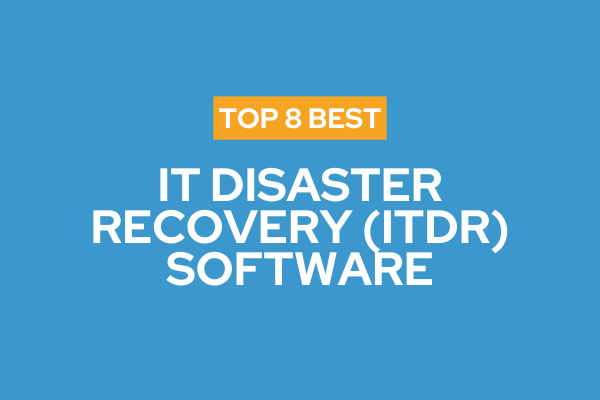
Explore the top 8 ITDR software solutions that automate recovery, minimise downtime, improve compliance, and enhance business resilience.
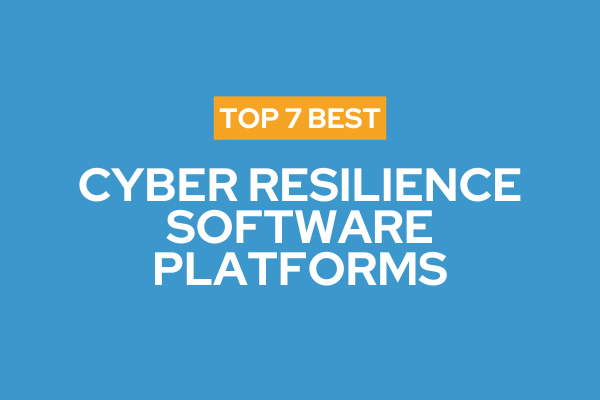
Compare the top 7 cyber resilience platforms that unite prevention, detection and recovery to cut downtime, protect data and keep operations running.

Discover the top 8 Disaster Recovery as a Service (DRaaS) solutions—features, benefits and use cases to cut downtime, minimise data loss and meet compliance.
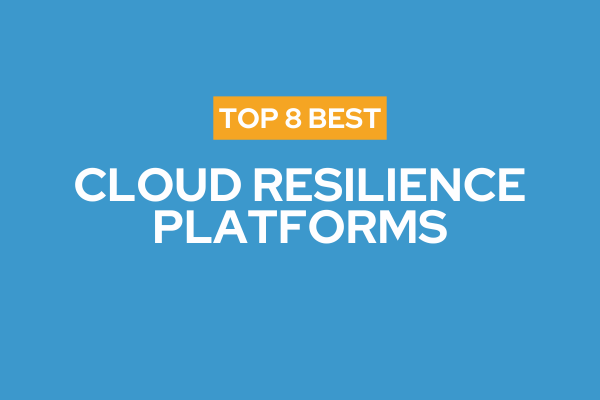
Discover the top 8 cloud resilience platforms that unite recovery, automation, and visibility to boost operational resilience and reduce risk.

Explore the best third-party risk management software to automate vendor assessments, track compliance, and reduce exposure across your supply base.

Enhance your crisis management skills with effective simulation software. Learn how to improve preparedness and respond confidently in your organisation.
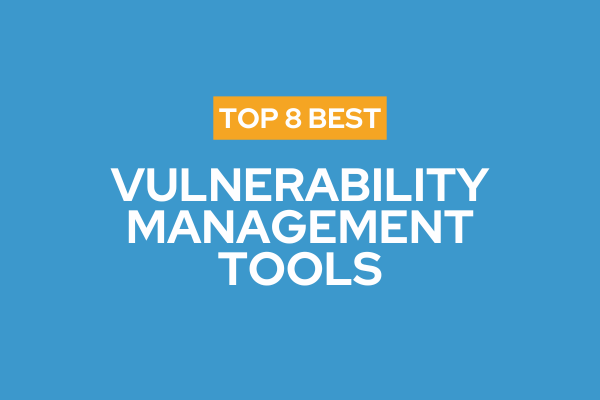
Explore the best VRM software to streamline due diligence, monitor vendors in real time, and support compliance, reporting, and business continuity.

Explore the top 8 Occupational Health and Safety (OHS) software platforms that streamline compliance, reduce risk, and build safer, more resilient workplaces.